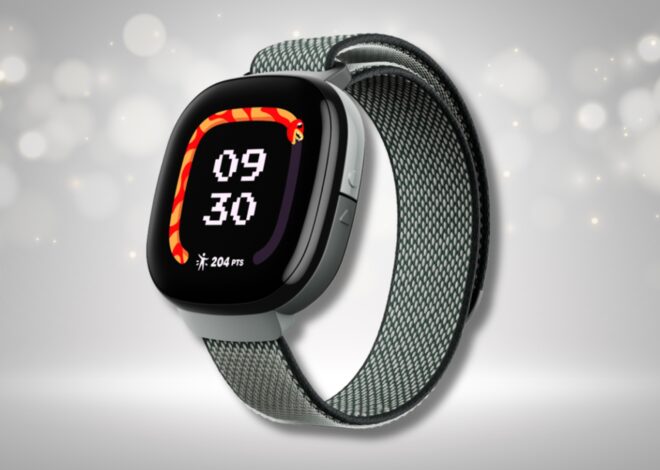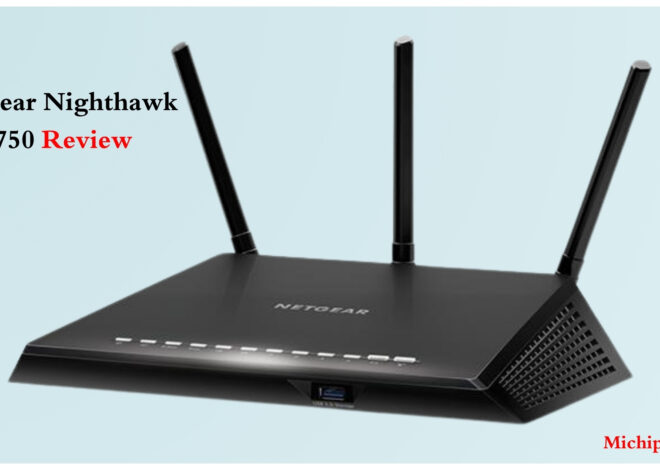
Is The Garmin Forerunner 35 Waterproof? Brief Garmin Forerunner 35 Review
Are you a runner who braves all weather conditions, a swimmer seeking a versatile fitness tracker, or simply someone prone to accidental splashes? If you’re eyeing the Garmin Forerunner 35, you’re probably wondering if it can truly keep up with your active lifestyle – especially when it comes to water.
The Garmin Forerunner 35 boasts a sleek design, essential tracking features, and a budget-friendly price. But is it actually waterproof? Can it handle a swim in the pool, a shower after a sweaty run, or even an unexpected downpour?
In this in-depth review, we’ll dive into the Forerunner 35’s water resistance capabilities. We’ll decipher its official water rating, share real-world test results, and offer tips on caring for your device after water exposure. By the end, you’ll know exactly what this popular fitness tracker can handle, empowering you to make an informed decision about whether it’s the right fit for your needs.
Garmin Forerunner 35 Waterproof Rating: Deciphering the 5 ATM Mystery
Before we dive into pools or showers, let’s clear up the confusion around the Garmin Forerunner 35’s water resistance. You’ll see it labeled as “5 ATM,” but what does that actually mean?
Garmin Forerunner 35 Water Resistance: 5 ATM Explained
The 5 ATM rating means the Forerunner 35 can withstand pressures equivalent to a depth of 50 meters (164 feet). But don’t get too excited about deep-sea diving just yet – this rating is more about peace of mind than exploring underwater depths.
Real-World Translation:
In practical terms, a 5 ATM rating means your Forerunner 35 is perfectly safe for:
- Swimming: You can wear it in the pool or open water without worry.
- Showering: Hop in the shower without taking it off.
- Rain or Snow: Your watch can handle getting wet in the elements.
- Sweaty Workouts: Don’t hesitate to track your runs, even in the most humid conditions.
- Accidental Splashes: Spills and splashes won’t harm your watch.
Mythbusting: Waterproof vs. Water-Resistant
It’s important to note that water-resistant doesn’t mean waterproof. The Forerunner 35 is designed to resist water intrusion under certain conditions, but it’s not meant to be submerged indefinitely. Avoid activities like scuba diving or high-pressure water sports, as these could damage the watch.
Garmin Forerunner 35 in the Water: My Real-World Adventures
With a 5 ATM rating, the Garmin Forerunner 35 should theoretically handle most water encounters. But how does it fare in real-world scenarios? I put mine to the test.
Poolside Companion:
As an avid swimmer, I was eager to see how the Forerunner 35 would perform in the pool. I strapped it on for several swims, tracking my laps, distance, and pace. The watch held up perfectly, with no signs of water damage or fogging. The touchscreen, however, became a bit unresponsive underwater, making it difficult to pause or switch screens mid-swim.
Showering Superhero:
Post-workout showers became a breeze with the Forerunner 35. I didn’t have to worry about taking it off, and it emerged from the shower unscathed every time.
Rainy Runs and Sweaty Sessions:
I wore the Forerunner 35 on numerous runs, both in the rain and under the scorching sun. It accurately tracked my pace and distance, even when drenched in sweat.
Unexpected Adventures:
During a recent kayaking trip, my Forerunner 35 took an unexpected dip in the lake. Luckily, it survived the plunge and continued to function flawlessly, proving its durability even in unplanned water encounters.
Garmin Forerunner 35 and Swim Tracking: What You Need to Know
If you’re a dedicated swimmer, the Garmin Forerunner 35 might not be the most feature-rich option. It’s designed primarily as a running watch, and its swim tracking capabilities are limited compared to other Garmin models.
No Dedicated Swim Mode:
The Forerunner 35 does not have a dedicated swim mode like some of Garmin’s higher-end watches. This means it won’t automatically track metrics like stroke type, SWOLF score, or pool length.
Using “Other” Activity Profile:
While there’s no swim mode, you can still record your swim workouts using the “Other” activity profile. This will track your time, heart rate, and calories burned, but it won’t provide detailed swim-specific data.
Accuracy and Limitations:
During my pool tests, I found the heart rate tracking to be relatively accurate, even underwater. However, the lack of lap counting and stroke recognition made it difficult to analyze my swimming performance in detail.
Workarounds and Alternatives:
- Manual Lap Counting: If you need to track laps, you can manually mark them using the lap button.
- Third-Party Apps: Some third-party apps, like Swim.com, can integrate with the Forerunner 35 and provide more detailed swim tracking data.
- Consider Upgrading: If swimming is a primary activity for you, consider upgrading to a Garmin model specifically designed for swimming, such as the Garmin Swim 2 or Vivoactive series.pen_spark
Caring for Your Garmin Forerunner 35 After Water Exposure: Tips for a Long and Happy Life
Your Garmin Forerunner 35 is designed to handle water, but a little TLC after exposure can go a long way in ensuring its longevity and optimal performance. Here’s what you need to know:
Post-Swim or Shower Care:
- Rinse Thoroughly: Always rinse your Forerunner 35 with fresh water after swimming in a pool or the ocean. This helps remove chlorine, salt, and other residues that can build up over time.
- Dry Gently: Pat your watch dry with a soft, lint-free cloth. Avoid using heat sources like hair dryers, as they can damage the internal components.
- Check for Moisture: If you notice any moisture trapped under the band, gently wipe it away with a cloth.
Tips for Everyday Use:
- Avoid Extreme Temperatures: While the Forerunner 35 can handle water, it’s not designed for extreme temperatures. Avoid exposing it to hot tubs, saunas, or prolonged direct sunlight.
- Clean Regularly: Wipe down your watch regularly with a damp cloth to remove sweat, dirt, or sunscreen. Avoid harsh chemicals or abrasive cleaners.
- Inspect the Band: Check the band regularly for signs of wear and tear. A damaged band can compromise the water resistance.
What to Do if Your Forerunner 35 Gets Soaked:
- Don’t Panic: A little water won’t harm your watch. Just rinse it with fresh water and dry it thoroughly.
- Avoid Charging: Don’t charge your watch if it’s wet. Let it dry completely before plugging it in.
- Contact Garmin Support: If you suspect water damage (foggy display, unresponsive buttons), contact Garmin support for assistance.
Garmin Forerunner 35 Review: Beyond the Water, a Runner’s Companion?
While water resistance is a key feature for many users, the Garmin Forerunner 35 offers much more than just peace of mind in wet conditions. Let’s briefly explore its core features and how it performs as a running watch.
Core Features:
- GPS Tracking: Accurately tracks your running route, distance, pace, and time.
- Heart Rate Monitoring: Monitors your heart rate at your wrist, providing valuable insights into your training intensity.
- Activity Tracking: Counts steps, calories burned, and tracks your sleep.
- Smart Notifications: Receive notifications from your smartphone directly on your wrist.
Pros
- Ease of Use: Simple interface and intuitive controls make it easy for beginners to get started.
- Affordability: A budget-friendly option for those new to running or fitness tracking.
- Battery Life: Offers up to 9 days in smartwatch mode and 13 hours in GPS mode.
Cons
- Limited Features: Lacks advanced features like interval training, customizable data screens, and built-in music storage.
- Basic Design: The watch’s design is functional but not the most stylish or customizable.
- No Navigation: Does not offer onboard navigation or breadcrumb trails.
Who It’s For:
- Beginner Runners: Ideal for those new to running who want a simple, reliable GPS watch.
- Casual Runners: Suitable for runners who prioritize basic tracking features and affordability.
- Fitness Enthusiasts: Offers essential activity and sleep tracking for those who want to monitor their overall health and fitness.
Who It’s Not For:
- Advanced Runners: Those who need advanced training metrics and features will likely find the Forerunner 35 too limited.
- Multisport Athletes: The lack of swim-specific features



